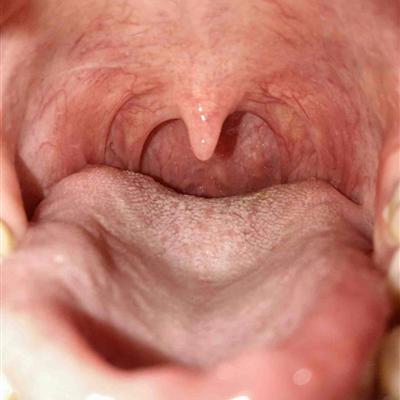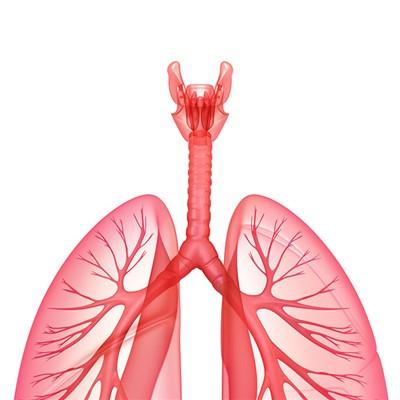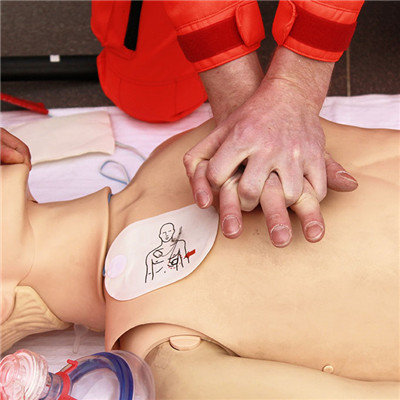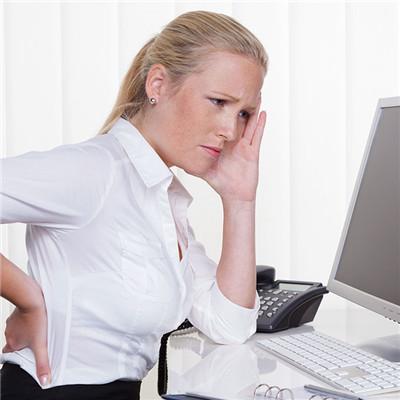Paroxysmal atrial fibrillation symptoms?
summary
Paroxysmal atrial fibrillation (PAF) is an intermittent, rapid and irregular atrial rhythm caused by multiple reentrant wavelets. It is an ectopic tachycardia with pacing point in the atrium. During the attack, irregular impulses of 350-600 beats / min occurred in the atrium, causing uncoordinated atrial fibrillation. Atrioventricular conduction system can only accept part of the conduction of atrial excitation. In paroxysmal atrial fibrillation, the ventricular beat is fast and irregular, between 120 and 180 beats / min. Paroxysmal atrial fibrillation is one of the most common arrhythmias in adults, and is far more common than atrial flutter. The incidence rate is 10~20: 1. Paroxysmal can become persistent after repeated attacks. Paroxysmal atrial fibrillation symptoms? Let's talk about it
Paroxysmal atrial fibrillation symptoms?
Symptoms may include palpitation, chest tightness and panic. The patients with ventricular rate close to normal and without organic heart disease may have no obvious symptoms. However, in patients with organic heart disease, especially when the ventricular rate is fast and the cardiac function is poor, it can significantly reduce the cardiac stroke volume, coronary circulation and cerebral blood supply, leading to acute heart failure, shock, fainting or angina pectoris attack.
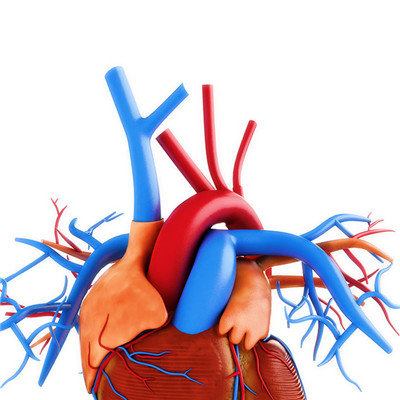
Rheumatic heart disease patients with mitral stenosis, mostly complicated with atrial flutter or atrial fibrillation, labor tolerance significantly reduced, and heart failure, severe cases can cause acute pulmonary edema. Atrial flutter or atrial fibrillation is also easy to cause atrial thrombosis, part of the thrombus can cause systemic arterial embolism, cerebral embolism is the most common clinical, often leading to death or disability.
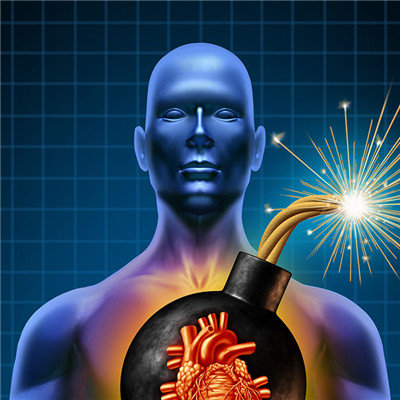
Atrial fibrillation is mainly characterized by irregular heart rhythm and different heart sounds; Ventricular rate is usually fast, 120-180 beats / min. When the ventricular rate is lower than 90 beats / min or higher than 150 beats / min, the irregular rhythm may not be obvious. The heart beat with less blood output can not cause radial artery pulsation, thus resulting in pulse shortness (the number of pulse is less than the number of heart beat). The faster the heart rate is, the more obvious the pulse shortness is.
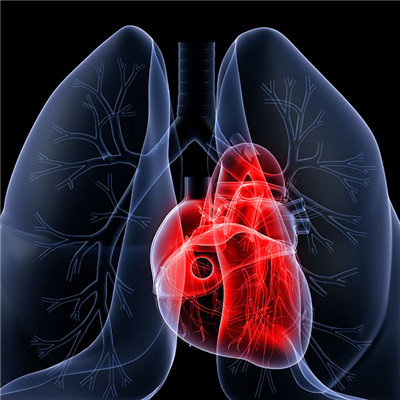
matters needing attention
Patients with asymptomatic atrial fibrillation who have a low ventricular rate at the time of attack may not be treated. If the ventricular rate is fast at the time of attack, it should be selected according to the increase of heart rate and the degree of influence on circulatory function β Receptor blockers, verapamil or digitalis preparations. When there is organic heart disease foundation, especially when combined with cardiac insufficiency, the first choice is intravenous administration of digitalis preparation, so that the ventricular rate is controlled below 100 times / min, then it is changed to oral maintenance, and the dosage is adjusted, so that the ventricular rate is 60-70 times / min at rest and not more than 90 times / min at mild activity. Atrial flutter usually turns to atrial fibrillation first, and sinus rhythm may be restored when digitalis is used or stopped. A small number of patients with atrial fibrillation after the above treatment, the rhythm can also be converted to sinus. Atrial fibrillation with preexcitation syndrome, especially QRS syndrome, should not be treated with the above drugs. When sick sinus syndrome complicated with short atrial fibrillation attack, the above drug treatment should be carried out on the basis of electrical pacing.

